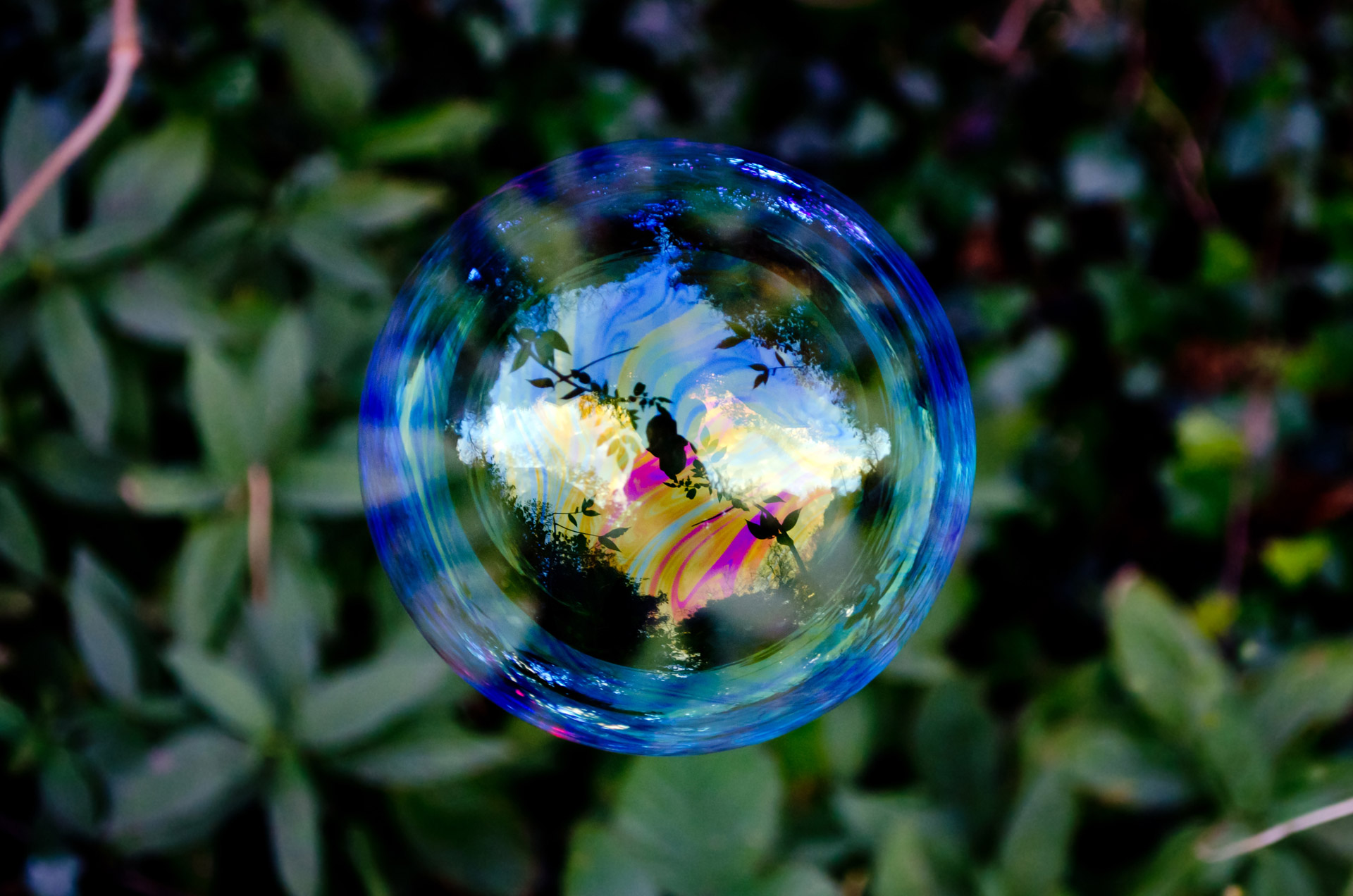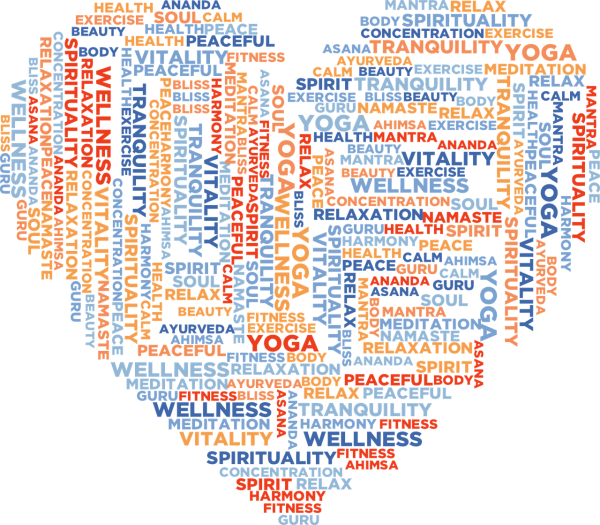An ever-increasing awareness of your body can be one of the many benefits of yoga. It helps us to bring balance to the body by working neglected muscle groups. It improves our overall strength and flexibility. It helps us develop a better lung capacity and focus of mind, among other things. It can.
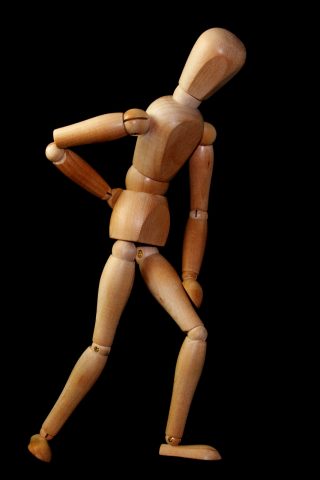 Yet, we live in a world where performance seems to be everything. Competition infiltrates what is meant to be fun. Striving, self-improvement, and “doing it right” can all lead us down a path toward injury, away from a deeper body awareness, away from the true meaning of yoga, “union”.
Yet, we live in a world where performance seems to be everything. Competition infiltrates what is meant to be fun. Striving, self-improvement, and “doing it right” can all lead us down a path toward injury, away from a deeper body awareness, away from the true meaning of yoga, “union”.
One of the most critical aspects of body awareness is recognizing when something we are doing is causing (or will eventually cause) us trouble. Sometimes, pushing through discomfort makes us stronger, as when we add a few extra squats after the thigh burn sets in. Sometimes, that pushing injures us, as when we ignore the knee about to snap from one too many squats! Body awareness is about learning to distinguish the difference. Here are some important things to keep in mind.
No Pain No Gain is a Load of *%&$!
First of all, pain is NEVER a good thing. Who ever started the rumor “no pain, no gain” had ultior motives, perhaps to prove something to his own ego or perhaps to get others to bow to his (or her) biddings. Think about it, how deeply that meme has rooted itself into our consciousness! Consider how many times you’re heard it on TV or in movies, read it in books, heard it in gyms or even said it yourself to justify self-abuse. “Pain? Abstain!” is far more helpful a mantra. So the first and foremost rule of movement is that pain means you must modify or stop. Period. There’s no such thing as “good pain”.
When is Discomfort Okay?
When is discomfort okay in our workouts or routines? It might be helpful to distinguish whether we lean towards under or over-achievement in our lives. If we’re big strivers, then discomfort may be a little too close to pain. If we are underachievers, enduring some discomfort can help us break out of our limitations.
One way to think about it is whether or not the signals coming from your body are shrouded in thought or not. When we are pushing against the mind more than the body, the mind will grumble loudly about how difficult something is and that it doesn’t want to continue. As long as you don’t have pain sensations telling you otherwise, it is usually safe to push past a resistant mind’s discomfort. This is how we build endurance and resilience. Problem is, for many of us, we’ve lost the ability to distinguish mind from body. In fact, the mind is just as likely to tell us we can push a little bit harder. It can’t be trusted! Well, maybe mind over matter comes in handy in crisis situations when walking on a broken ankle is the difference between life or death, but that’s exceptional.
Pain, actual pain, tends to send a very clear signal that the mind doesn’t need to interpret. Discomfort, absent of actual pain on the other hand, is trickier to decipher, so don’t leave it to logic. The body just knows, intuitively. Trust what it communicates.
Other Danger Signals
Are there other sensations, apart from what one would label as “pain”, that are pretty good signals that we’ve entered dangerous territory? Yes! If we experience intensifying pressure, feel dizziness, start buckling under the strain, notice we’re holding our breath when we’re supposed to be breathing, or are gripping in such a way that there is more tension than ease in the body, we’ve already pushed ourselves too far and need to let up! Stop. Release. Reassess.
The Language of Sensation
When we develop a vocabulary that helps us identify what we actually feel, it can help us determine a course of action. When you get feedback from your body, can you describe it? Does it burn or sear, tingle or pulse? Is it shaky, prickly or clenched? Numb? Radiating? Disconnected? Are you feeling nauseous, is your muscle tender, or is your heart racing or fluttery?
I’ll often ask students, “Is it the good kind or a bad kind?” when they express discomfort with a movement or pose. This helps them clarify whether what they are experiencing is benign or harmful.
Chest pain doesn’t necessarily mean a heart attack nor does a throbbing ache mean you’ve pulled something. Usually, it just means we need to relax and let go for awhile. Rest, recover. Developing a sensory vocabulary can help us more deeply feel and understand what’s going on inside of us, help us regulate ourselves back to ease and comfort, and if necessary, help us describe the sensation to someone else, be it a teacher or health practitioner, making it easier for them to help.
We can’t fix what we don’t notice! Body Awareness is a multidimensional skill that takes time and consistent willingness to awaken and hone. The more we do it, the more we notice what is and isn’t working, what does and doesn’t feel pleasurable. It is crucial for our well-being as well as an impetus for creativity and change. What we discover on the mat we eventually take with us into our daily lives as we learn to live with more ease and pleasure, too.

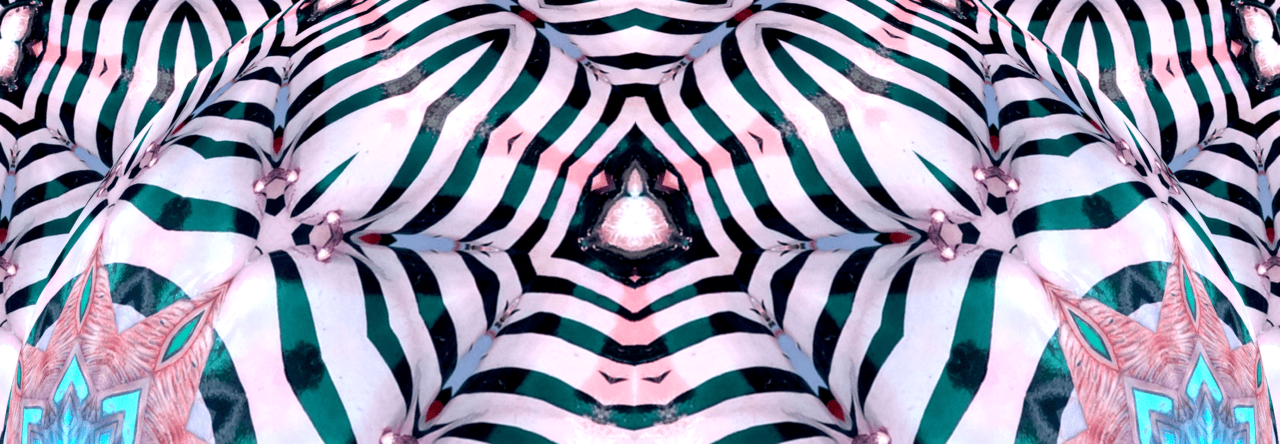

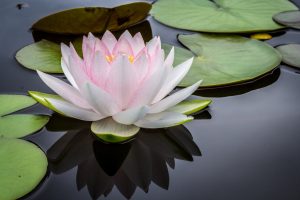 Changes in the tone or volume of your voice
Changes in the tone or volume of your voice


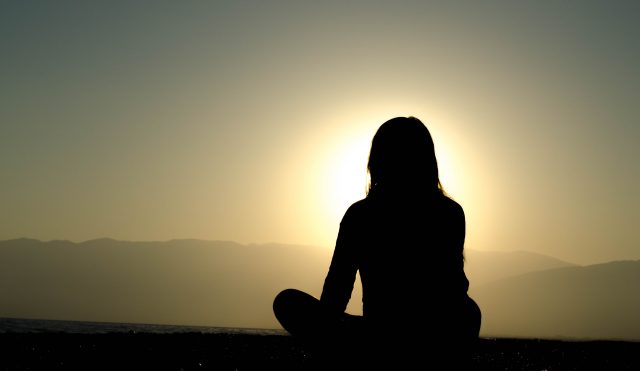



 When I tell people I am a yoga teacher, I sometimes hear in response, “Oh, I’ve tried yoga. I didn’t like it.” When I dig a bit deeper, I find out that the person tried one particular style of yoga and is completely unaware that there are many different approaches to yoga bearing little resemblance to each other. Because of the long list of
When I tell people I am a yoga teacher, I sometimes hear in response, “Oh, I’ve tried yoga. I didn’t like it.” When I dig a bit deeper, I find out that the person tried one particular style of yoga and is completely unaware that there are many different approaches to yoga bearing little resemblance to each other. Because of the long list of 
 Restorative – When it comes to yin and yang, restorative yoga shares the yin category but it does not have the same purpose as Yin yoga. The name says it all; it is meant to help regenerate the body, bringing balance and healing. It’s great for the overworked and overtired who need to nurture themselves. It is like Yin in that the poses are resting and held for longer periods. But unlike Yin, cushions and blankets (and other props), and lots of them, are essential to “propping’ up the body in order for everything to deeply relax.
Restorative – When it comes to yin and yang, restorative yoga shares the yin category but it does not have the same purpose as Yin yoga. The name says it all; it is meant to help regenerate the body, bringing balance and healing. It’s great for the overworked and overtired who need to nurture themselves. It is like Yin in that the poses are resting and held for longer periods. But unlike Yin, cushions and blankets (and other props), and lots of them, are essential to “propping’ up the body in order for everything to deeply relax.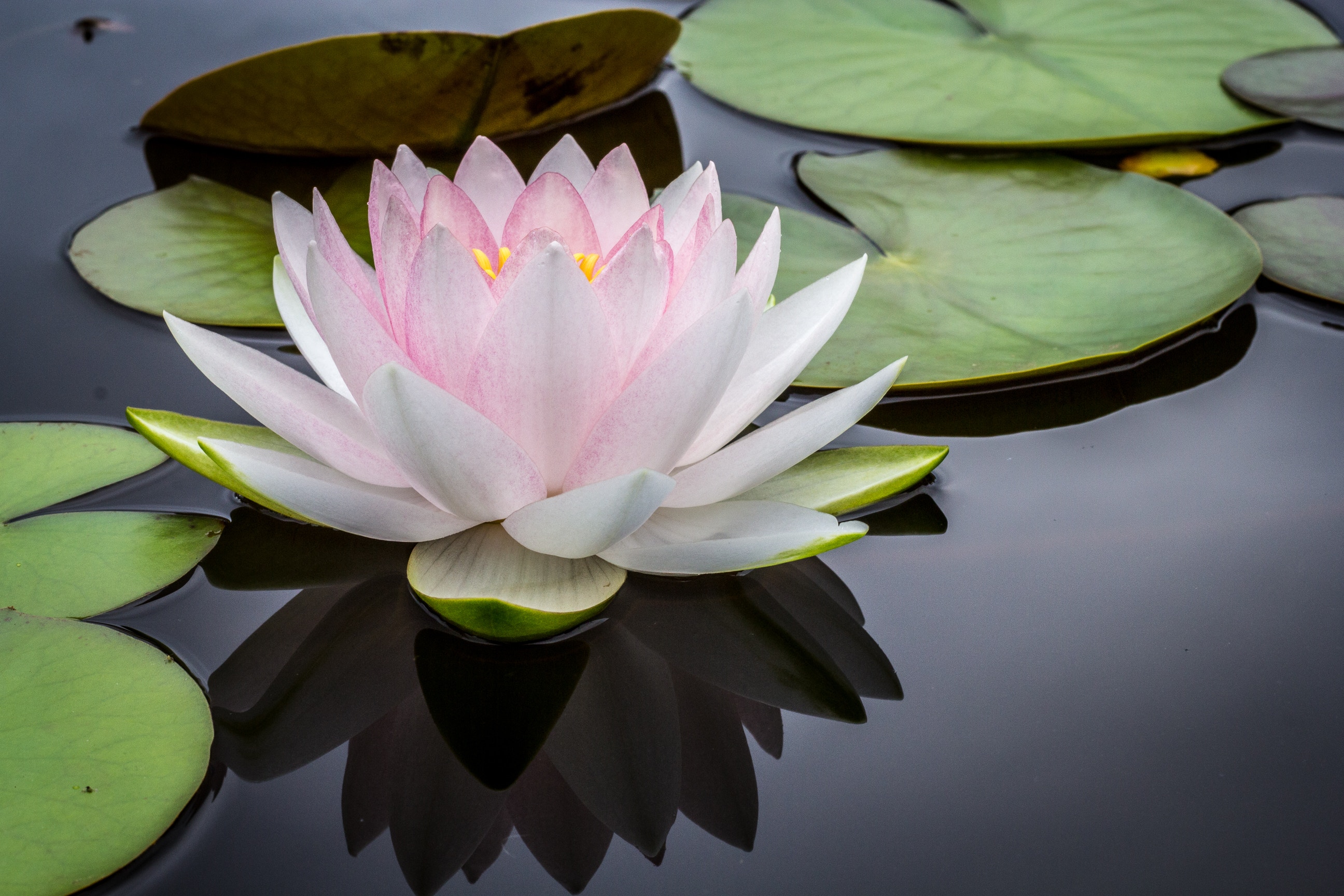
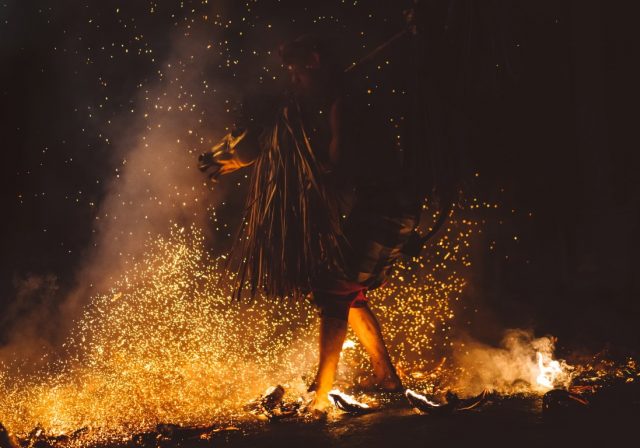

 While I was on my yoga teacher training in October of 2017, I realized that these four agreements have a place in my yoga practice, too. I present them here, not necessarily in the order originally presented!
While I was on my yoga teacher training in October of 2017, I realized that these four agreements have a place in my yoga practice, too. I present them here, not necessarily in the order originally presented!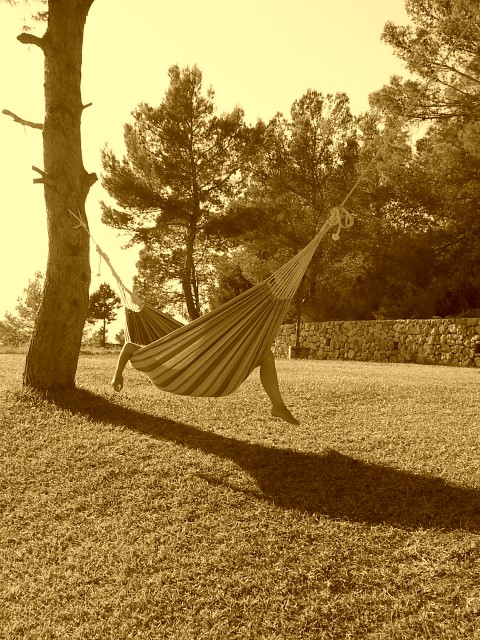
 In another example, when I arrived at the house on the first evening, I was in a shared cab. We were told to look for a pink rock and turn there. What we eventually came across was a pink post on the left side of the drive that I could barely see in the dark from out the right side of the taxi. I couldn’t help thinking to myself, “That’s not a rock!” I took a photo of the post to show my partner just how “ridiculous” our directions were. It wasn’t until nearly three weeks later on a walk up the road that I could finally see the “pink rock” on the right side of the road. There it was…and had been, invisible to me from the right side of the cab. I admit, I formed judgments about the directions we were given while lacking this broader realization!
In another example, when I arrived at the house on the first evening, I was in a shared cab. We were told to look for a pink rock and turn there. What we eventually came across was a pink post on the left side of the drive that I could barely see in the dark from out the right side of the taxi. I couldn’t help thinking to myself, “That’s not a rock!” I took a photo of the post to show my partner just how “ridiculous” our directions were. It wasn’t until nearly three weeks later on a walk up the road that I could finally see the “pink rock” on the right side of the road. There it was…and had been, invisible to me from the right side of the cab. I admit, I formed judgments about the directions we were given while lacking this broader realization!
